
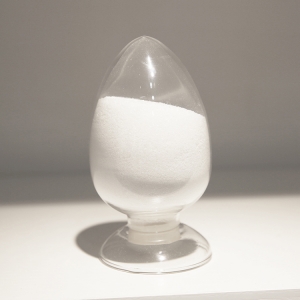
Name: paracetamol CAS No.: 103-90-2 Appearance: Colorless crystalline powder Molecular formula: C8H9NO2 Molecular Weight: 151.163 Melting point:168°C-172℃ PACKAGE:25KGS/BAG
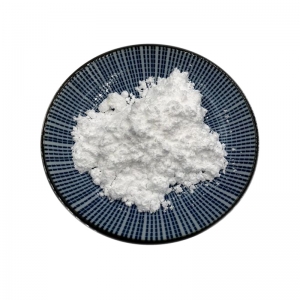
Name:Vitamin B1, Thiamine hydrochloride, Vitamin HCL Appearance: white or faintly yellow, crystalline powder CAS No.:50-81-7 Standard:BP2018/EP9.2 Molecular formula: C12H17ClN4OS·HCl
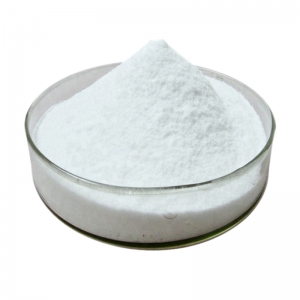
Name: Paracetamol CAS No.: 103-90-2 Appearance: White crystal powder Molecular formula: C8H9NO2 Molecular Weight: 151.1649 Density: 1.293 g/cm3 Melting point: 168-172℃ Water solubility: 14 g/L (20℃) Water solubility: 14 g/L (20 ºC)
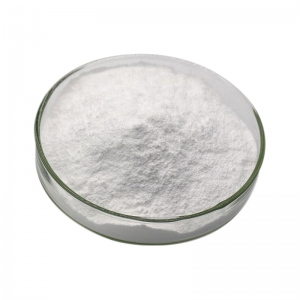
Name: Vitamin C, L-Ascorbic acid Specfication: 35% feed grade CAS No.: 50-81-7 Molecular formula: C6H8O6 Appearance: A almost white or light yellow powder Usage: Animal Feed Additive
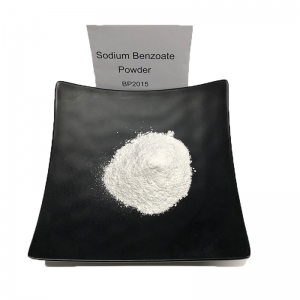
Name: Sodium Benzoate CAS No.: 532-32-1 EINECS No:208-534-8 Appearance:White granules or crystalline powder Molecular formula: C7H5NaO2 Molecular Weight: 144.1032 Density: 1.44 g/cm³ Melting point: 300℃ Boiling point: 249.3°C at 760 mmHg Flash point: 111.4°C Water solubility: soluble Vapor Pressure: 0.0122mmHg at 25°C
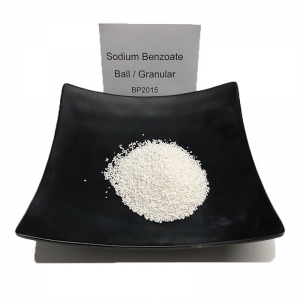
Anhui Sinotech company strictly select GMP products, support customer registration , and provide professional services to chemical customers in the global market.Purchase Sodium Benzoate Ball/Granular CAS NO.:532-32-1,inquiry Anhui Sinotech . Name: Sodium Benzoate Ball/Granular CAS No.: 532-32-1 Molecular formula: C7H5NaO2 Molecular Weight: 144.1032 Melting point: >300°C Boiling point: 249.3°C at 760 mmHg Density:1,44 g/cm3 Molecular structure: Description: Sodium benzoate balls/granules CAS NO.: 532-32-1, is an organic substance. It is white particles. Odorless or slightly benzoin smell. It has a slightly sweet and astringent taste. It is stable in the air, easily soluble in water, and soluble in ethanol, glycerol and methanol. After entering the body, sodium benzoate undergoes a biotransformation process and is excreted with urine without accumulating in the body. As long as it is within the normal dosage range, it is harmless to t...
Dear all, We would like to inform you that our company will be observing the Labor Day holiday from May 1st to May 5th. During this period, our office will be closed as our team takes a well-deserved ...
Acid Red 111 is a synthetic dye that belongs to the azo dye class. It is commonly used as a coloring agent in various industries, including textiles, paper, cosmetics, and inks. Here are some characteristics of Acid Red 111:
Chemical Structure: Acid Red 111 has an azo linkage, which is a chemical bond (-N=N-) formed between two nitrogen atoms. The dye molecule also contains acidic groups, such as sulfonic acid (-SO3H) or carboxylic acid (-COOH) groups. These acidic groups make it compatible with acidic dyeing and printing processes.
Color: Acid Red 111 displays a red hue. The specific shade and intensity of the color may vary depending on the concentration and application conditions.
Solubility: Acid Red 111 is water-soluble. It dissolves readily in water, which makes it suitable for dyeing aqueous solutions and materials that can absorb water.
pH Sensitivity: Acid Red 111 is an acid dye, meaning it exhibits better affinity for cationic substrates in an acidic environment. The dye molecule carries negative charges, and in low pH conditions, it forms ionic bonds with positively charged sites on the substrate, resulting in coloration.
Lightfastness: The lightfastness of Acid Red 111 may vary depending on the specific formulation and conditions of use. Azo dyes, in general, are susceptible to fading when exposed to prolonged sunlight or other sources of UV radiation.
Environmental Impact: Acid Red 111, like other synthetic dyes, can pose environmental concerns if improperly handled or disposed of. Efforts are being made to develop more sustainable and environmentally friendly alternatives to synthetic dyes.
 online service
online service +8613866722531
+8613866722531 pweiping@techemi.com
pweiping@techemi.com pweiping
pweiping +8613866722531
+8613866722531